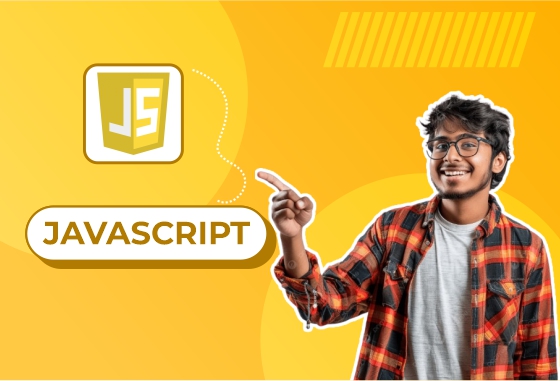
Customizable Calendar
A Customizable Calendar built with JavaScript is an interactive, user-friendly, and flexible calendar application that allows users to navigate through months and years, highlight specific dates, and add events to individual days. The calendar can be easily styled and customized for different use cases and aesthetics. It can be integrated into websites or used as a standalone feature. The application leverages JavaScript to handle the dynamic functionalities like month navigation, event handling, and real-time updates.
Explanation:
A Customizable Calendar is a web-based calendar that enables users to interact with dates, manage events, and personalize the interface according to their preferences. It is built using HTML, CSS, and JavaScript. The calendar is designed to be flexible, so users can customize its appearance, functionality, and behavior to suit their needs. Here's a breakdown of the key components and features:
Key Features:
Month and Year Navigation:
Users can navigate forward or backward through months using buttons or navigation arrows.
The current month and year are prominently displayed at the top of the calendar.
Date Selection:
Users can select individual dates, and the selected date may be highlighted with custom styling (e.g., color changes or a border).
Events can be associated with these selected dates for reminders or scheduling purposes.
Event Handling:
Users can add, edit, and remove events from specific dates.
For each date, a user might be able to view the events associated with that day, such as appointments, meetings, or birthdays.
These events can be stored locally (e.g., in browser local storage) or tied to a back-end database for persistence.
Customization:
Appearance: Users can customize the color scheme, fonts, and layout using CSS. This enables a theme-based calendar, such as a "dark mode" or "light mode."
Language and Locale: The calendar can be localized to display day names and month names in different languages, allowing for global use.
Highlight Current Date:
The current day is highlighted, making it easier for users to spot the current date on the calendar.
Responsive Design:
The calendar is built to be responsive, meaning it adjusts its layout for mobile devices, tablets, and desktops, providing a smooth experience across all screen sizes.
User Interactivity:
The calendar allows users to click on specific dates to either add events or view event details, creating a dynamic interaction with the calendar days.
Event Popups or Modals (Optional):
When clicking on a date, a modal or popup can appear for adding or viewing events. This interaction can also allow users to specify event details, like time, location, or description.
Technologies Used:
HTML: Provides the structure for the calendar interface, including the grid for dates and navigation elements.
CSS: Used for styling the calendar, including setting colors, fonts, grid layouts, and creating hover or selection effects.
JavaScript: Handles the dynamic behavior, including calculating the days of the month, responding to user interactions (like clicks), managing events, and updating the view.
Local Storage (Optional): If events need to be saved across sessions, the browser's local storage can be used to persist event data.
Date and Time Functions: JavaScript’s built-in Date object and related functions are used to calculate and display the correct days for any given month and year.
How it Works:
Rendering the Calendar:
The calendar starts by rendering the current month and year. It calculates the first day of the month and the total number of days in the month. Empty spaces are added at the beginning of the month to align the days correctly.
Navigation:
When the user clicks on the “previous” or “next” buttons, JavaScript updates the displayed month and year. The displayed days are recalculated, and the calendar is re-rendered accordingly.
Event Handling:
When a user clicks on a specific day, an event can be added (such as a popup to enter event details). These events are saved using either JavaScript’s localStorage (for client-side storage) or through a server-side database for more persistent storage.
Styling:
The calendar can be styled to match the desired design using CSS. Custom themes, colors, and layouts can be applied by modifying CSS classes.
Applications:
Personal Planning: Use as a personal planner or reminder system for daily tasks, appointments, and events.
Event Management: An application for managing events in a business or school setting, where users can track meetings, deadlines, or important dates.
Website Integration: A customizable calendar widget that can be embedded into websites, allowing users to interact with dates and schedule events directly on the website.
Task Scheduling: Integrate with task management or project management tools, allowing users to assign tasks to specific dates on the calendar.
Customization Options:
Appearance Customization:
Modify CSS to change the look and feel, such as setting different color schemes (e.g., dark mode, light mode) and fonts.
Event Features:
Implement more advanced event features, such as event reminders, recurring events, or syncing with external calendars like Google Calendar.
Localization and Accessibility:
Support multiple languages for global users.
Make the calendar accessible by ensuring keyboard navigation and screen reader compatibility.





